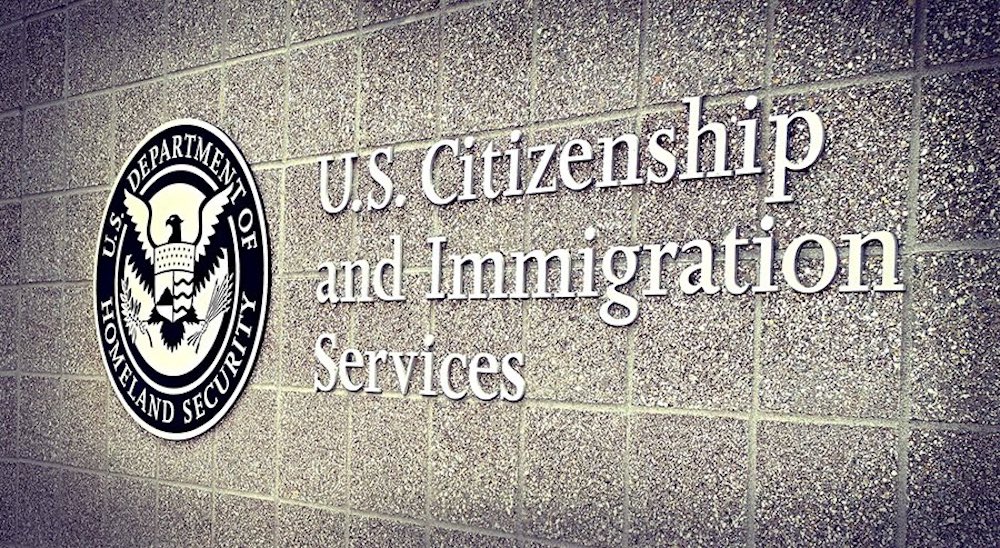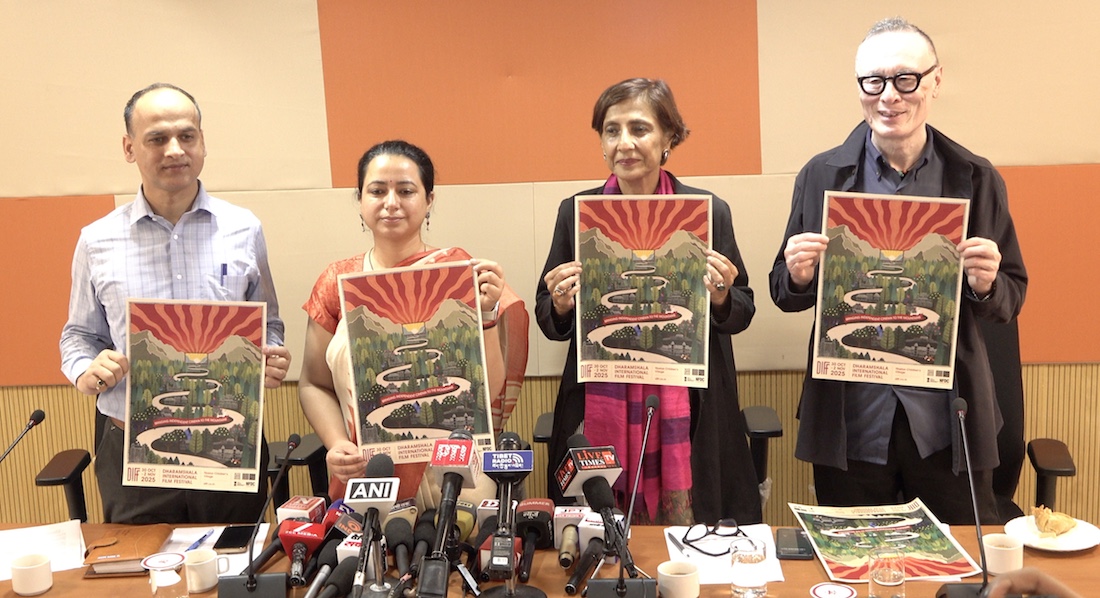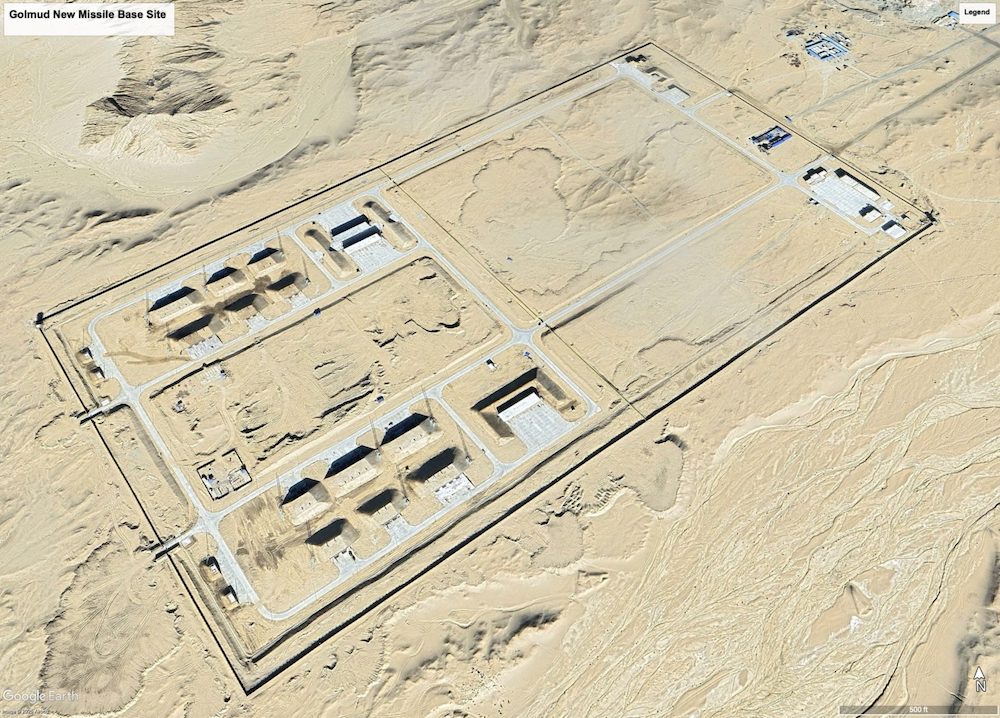By CALVIN WHITE
SPECIAL TO THE STAR
He was 60 years old, single, and a very ordinary man.
His last job was cooking and cow herding. There was absolutely nothing special about him, and he has left nothing noteworthy behind.
Except the image of his death. Not the exact moment, which came two days later in a hospital, but surely the moment he offered his spirit. It’s an image of both horror and fascination.
On April 27, 1998, in Delhi, India, an elderly Tibetan set himself on fire and walked towards the police who were forcing the end of a Tibetan hunger strike.
By coincidence, he was also walking toward someone’s camera. And so we now have his stark, nightmarish memorial. A creature of flame, mouth agape, arms outstretched, darkly hollowed eyes open wide.
We are told he was yelling, “Long Live the Dalai Lama!” and “Free Tibet!” But I wonder if he wasn’t telling us more than that? About life really being to do with identity, having a place, and having beliefs. About how much courage each of us can have. And how much desperation. How, when it comes down to it, we’re all creatures of flame — energy becoming energy.
He chose his death. For most of us that’s scary. But if we think of that fiery image long enough we might start to understand that he was vividly choosing his life.
His name was Thupten Ngodup. To Western ears, it’s a strange mouthful, to Tibetan ears it’s a blessing. It’s a reminder of their own spirit, their own importance, and their capacity to speak truth. There are 6 million Tibetans; about 140,000 live in exile, most in India, others scattered throughout the globe. Since 1959, they have been a people whose homeland is a place of captivity and oppression.
Regardless of whether Tibet should be considered legally a part of China or whether the Chinese occupation has brought some advances, it is undeniable that in Tibet, Tibetans cannot fully be themselves. Their culture, their spirituality, the essence of their selfhood is all a threat to the mindset of the Chinese government.
In that country, the overriding theme of all regimes has been control. Empires fell because control was lacking. The communist ethos is based on control. With more than a billion subjects, that makes sense. Since Tibetan reality is something that will never be controllable, it is seen as a threat.
Not that long ago, I trudged up a steep road in McLeod Ganj in northern India from the enclave of the Tibetan government-in-exile. I imagined the funeral procession for Thupten Ngodup that wound its way along the narrow, bumpy lanes of that small town, 6,000 feet up in the Indian Himalayas. Thousands lined the way and some, in their grief, had almost gone berserk.
Many have told me how difficult it has been for Tibetans to watch progress being made in other parts of the world where oppression was being addressed — the fall of the Soviet Union and the Iron Curtain, the end of apartheid, changes in East Timor, even Afghanistan — but never any progress at all in Tibet.
From virtually every person in McLeod Ganj, there is a story of loss, of flight from tyranny, and of hope. Each year, hundreds risk the high Himalayan passes to flee from Tibet into Nepal and then on to India. Inevitably, the freezing temperatures and unexpected blizzards claim victims. It is as though each group that attempts to reclaim their right to be themselves must pay a tax in blood. Bodies are scattered throughout those passes. Many are children. They mark the way, and they inspire. For all who brave the flight to freedom, there is the knowledge that whether they fail or succeed, there are many waiting for them in welcome.
The Dalai Lama has spoken unequivocally about the wrongness of suicide. As taking any life is contrary to Buddhist principles, so too is taking one’s own. Also, from Palestinian examples, it’s obvious other similar acts of martyrdom could occur if there was any indication of support. On the other hand, the Tibetan leader clearly recognizes the pain of his people. So, despite his own uncompromising commitment to positive non-violence, he has stated he has no right to condemn someone else’s choices.
In McLeod Ganj, it is apparent just how vital the Dalai Lama is. After 40 years in exile, the possibility of an autonomous return to Tibet is remote. China seems invincible, a colossus that enjoys the power of being the world’s greatest market. For economic reasons, the world refuses to risk any tangible acknowledgement of Tibet’s plight, and no political pressure will be exerted against China. Only the Dalai Lama, through the integrity of his character embodies hope.
For so many Tibetans, the Dalai Lama is Tibet. While he exists, Tibet exists. And he has never wavered in his adherence to principles of honesty and reason. He believes that right ultimately will establish balance and harmony. He believes that the Chinese people will eventually emerge from the tyranny of their own outdated governing ideas. It is this patience that holds the Tibetan community together.
In an era when the modus operandi of government and leadership is to harangue, distort, deceive, conspire, and attack whenever gain can be gotten, the Dalai Lama’s approach is either outdated or ahead of its time.
For Thupten Ngodup, there was no doubt. With his last words, he did not yell, “Down with China.”
Calvin White is an essayist and poet in Armstrong, B.C.









